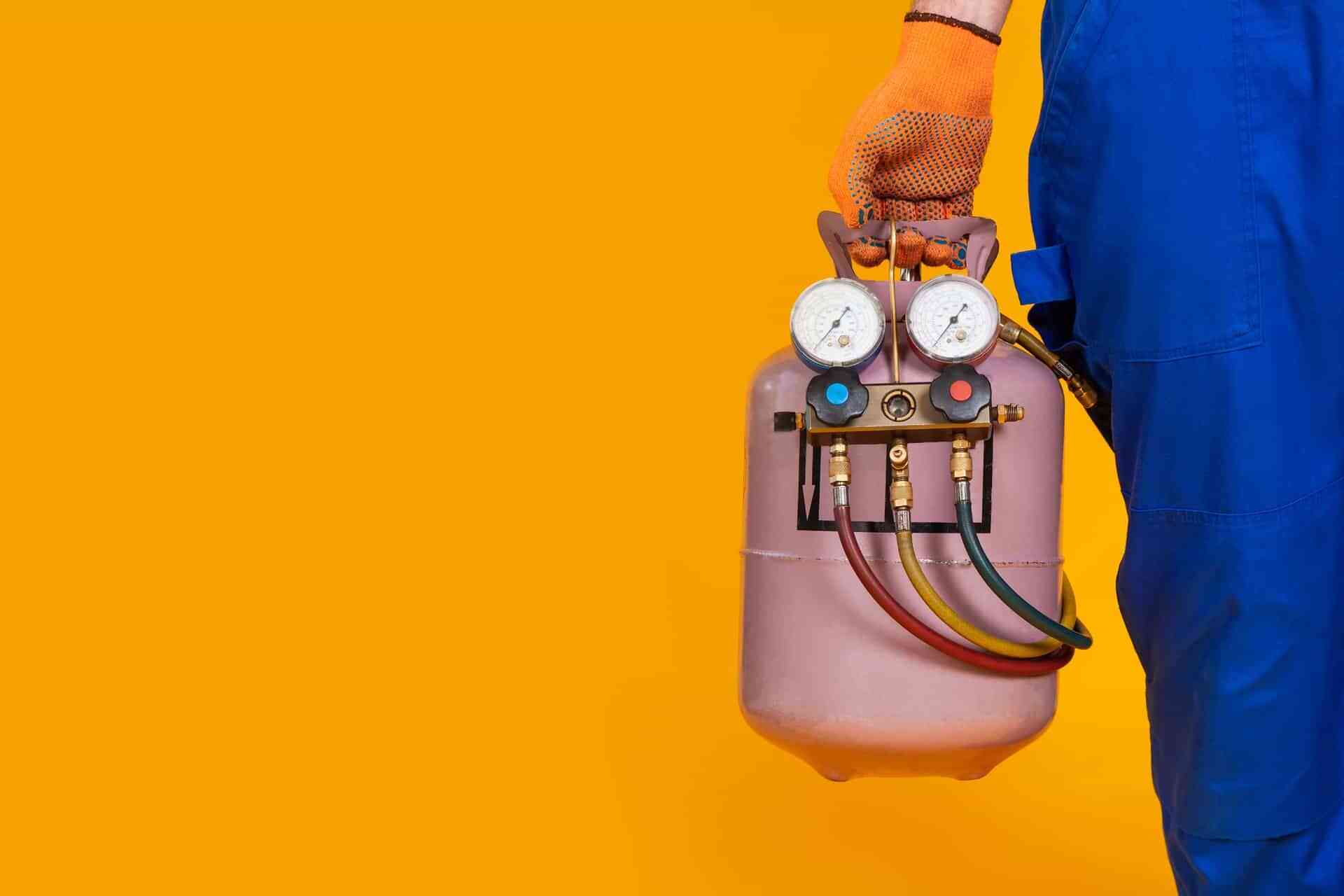
Freon is a term most homeowners have heard, especially when dealing with air conditioning or refrigeration issues. But what exactly is Freon, how does it work, and why is it being phased out in favor of more eco-friendly alternatives?
This article breaks down the basics of Freon, its role in your HVAC system, and why newer refrigerants are now preferred.
What Is Freon?
Freon is the trade name for a group of refrigerant chemicals known as chlorofluorocarbons (CFCs) and hydrochlorofluorocarbons (HCFCs). These compounds were once the go-to solution for cooling in air conditioners and refrigerators.
A commonly used type, R-22, was widely adopted for residential air conditioning systems due to its efficiency and reliability.
How Does Freon Function in an HVAC System?
Freon is responsible for absorbing and releasing heat to cool your indoor space. Here’s how it works:
-
Absorbing Heat: The refrigerant picks up heat from inside your home.
-
Compression: It’s then compressed into a high-pressure, high-temperature gas.
-
Heat Release: The heated gas flows through the condenser outside, where the heat is expelled.
-
Cooling Again: The refrigerant cools back into a liquid and recirculates.
This process allows your air conditioner to continuously remove warm air and maintain a comfortable indoor temperature.
Why Was Freon So Commonly Used?
✅ Powerful Cooling Ability
Freon was highly efficient at transferring heat, making it an effective solution for air conditioning systems.
✅ Protects System Components
Proper refrigerant levels reduce stress on major parts like the compressor and condenser, helping the system last longer.
✅ Energy Savings
With the right refrigerant charge, HVAC systems operate more efficiently, saving energy and lowering utility costs.
The Downside: Freon’s Environmental Impact
While Freon served its purpose well for decades, it’s also one of the reasons behind ozone layer depletion. Substances like R-22 release chemicals that damage the ozone, which protects the Earth from harmful UV radiation.
Because of these effects, the production and import of R-22 were banned in the U.S. starting January 1, 2020, under the Montreal Protocol. Though older systems can still be serviced with recycled R-22, no new supply is being manufactured.
The Shift to Safer Refrigerants
To reduce environmental harm, the HVAC industry has moved toward refrigerants that are safer and more sustainable:
-
R-410A – A widely adopted refrigerant that doesn’t harm the ozone layer.
-
R-32 – A newer alternative with a significantly lower global warming potential (GWP).
Switching to a system that uses these modern refrigerants can improve energy efficiency, reduce your carbon footprint, and help ensure compliance with environmental regulations.
Conclusion: A New Era for Cooling
Freon was a key component in cooling technology for many years, but the move toward environmentally conscious solutions has made newer refrigerants the preferred choice. If your system still runs on R-22, it may be time to consider an upgrade to improve performance and reduce environmental impact.
Need HVAC Help in Northern Illinois?
If you’re searching for a trusted HVAC company, Gleason Heating and Air Conditioning is here for you. Based in Wauconda, IL, we proudly serve homeowners and businesses across the Northern Chicago Suburbs.
Our services include:
-
Same-day AC and furnace repairs
-
New HVAC system installations
-
Frozen pipe and water heater repairs
-
Preventative maintenance
We’re committed to delivering top-quality service and follow up after each visit to ensure complete customer satisfaction.
Contact us today to schedule service or request an estimate. Your comfort is our priority!